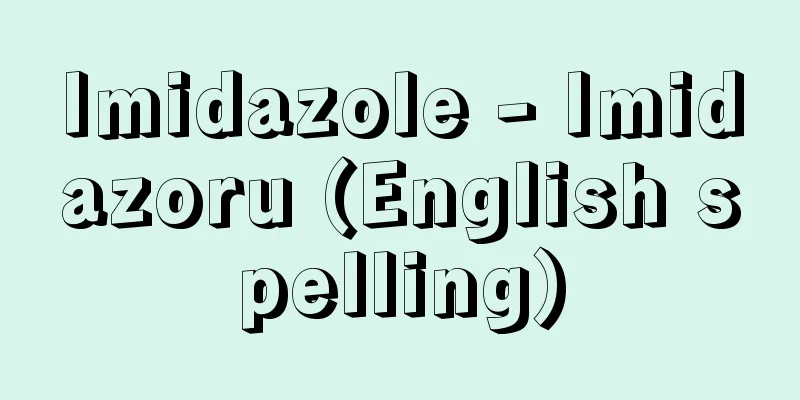Letter of donation - Kishinjo

|
A document that lists the contents and the reasons for the donation when donating property and land to Shinto shrines, temples, or powerful families. In the past, it was called a "donation book" and was also called a "senyujo," "hounoujo," or "yosebumi." At the end of the Heian period, when the manor and public land system was established, there were many donations of land to influential shrines, temples, and powerful families seeking protection for their private land. In addition, among the donations from the shogunate from the Kamakura period to the early Muromachi period, there were some that approved the donations of land by vassals, and played the same role as the so-called "kudashibumi" and "gechijo." From around the end of the Kamakura period, a pair of a sales ticket and a donation letter for the same property, the same person, and the same date, or a sales donation letter, can be seen, but these were originally created for the purpose of fulfilling the donor's will and receiving the proceeds from the sale, when the donation and sale were combined. Sales donations were sometimes used as a way to avoid tokusei by disguising a sale as a donation, or to confirm a previous donation through a later sale. [Toshiko Ito] Source: Shogakukan Encyclopedia Nipponica About Encyclopedia Nipponica Information | Legend |
|
神仏社寺や権門勢家(けんもんせいか)に財物所領を寄進する際、その内容目録と寄進理由などを記して添えた文書。古くは献物帳(けんもつちょう)ともいい、また施入(せにゅう)状、奉納(ほうのう)状、寄文(よせぶみ)とも称した。平安時代末の荘園公領(しょうえんこうりょう)制成立期には、私領の保護を求めて有力社寺や権門勢家への所領の寄進状が多い。また、鎌倉時代から室町時代初期にかけての幕府の寄進状には、御家人(ごけにん)の所領寄進を承認し、いわゆる安堵(あんど)の下文(くだしぶみ)、下知状(げちじょう)と同じ役割を果たしたものがある。なお、鎌倉時代末ごろから、同一物件、同一人物、同一日付の売券(ばいけん)と寄進状とが組になったもの、または売(うり)寄進状がみられるが、これは本来、寄進の志を満たし、かつ売却代価をも得る目的で、寄進と売却とが一体化した売寄進行為に際して作成されたものである。売寄進には、売却を寄進で装って徳政(とくせい)を免れる手段としたり、以前の寄進をのちに売却によって確定する意味をもたせたりすることがあった。 [伊藤敏子] 出典 小学館 日本大百科全書(ニッポニカ)日本大百科全書(ニッポニカ)について 情報 | 凡例 |
Recommend
Adiantum cuneatum (English spelling) Adiantum cuneatum
…[Shigeyuki Mitsuda]. … *Some of the terminology ...
New Kabuki - Shinkabuki
A genre within the classification of Kabuki Kyoge...
Contractile ring
…In contrast, in animals, a cleavage furrow forms...
Musical note - Onpu (English notation) note English
A notational symbol that indicates a note. Its sh...
Secret Maejima
Year of death: April 27, 1919 Year of birth: Tempo...
Kanoko-bin - Kanoko-bin
…Both sexes have a gray-black horizontal stripe o...
Village Three Officials
During the Edo period, village officials who were ...
Vasiliy Pavlovich Aksyonov
Russian (Soviet) writer. Born in Kazan. Graduated...
Suitcase - Kouri
A storage container woven from willow, bamboo, or...
Foundation work - Kiso Kouji
Construction of the foundation of a building. Ther...
Segré, EG (English spelling)
…Periodic table Element symbol = Tc Atomic number...
Takeki Owada
Year of death: October 1, 1910 (Meiji 43) Year of ...
Official prostitute - Kangi
〘 noun 〙 A geisha employed by the government. Espe...
Seven-word poem - Shichigonshi
A general term for classical Chinese poetry, each...
Tang shaku
〘Noun〙 Shaku in the Chinese Tang Dynasty. A unit o...









